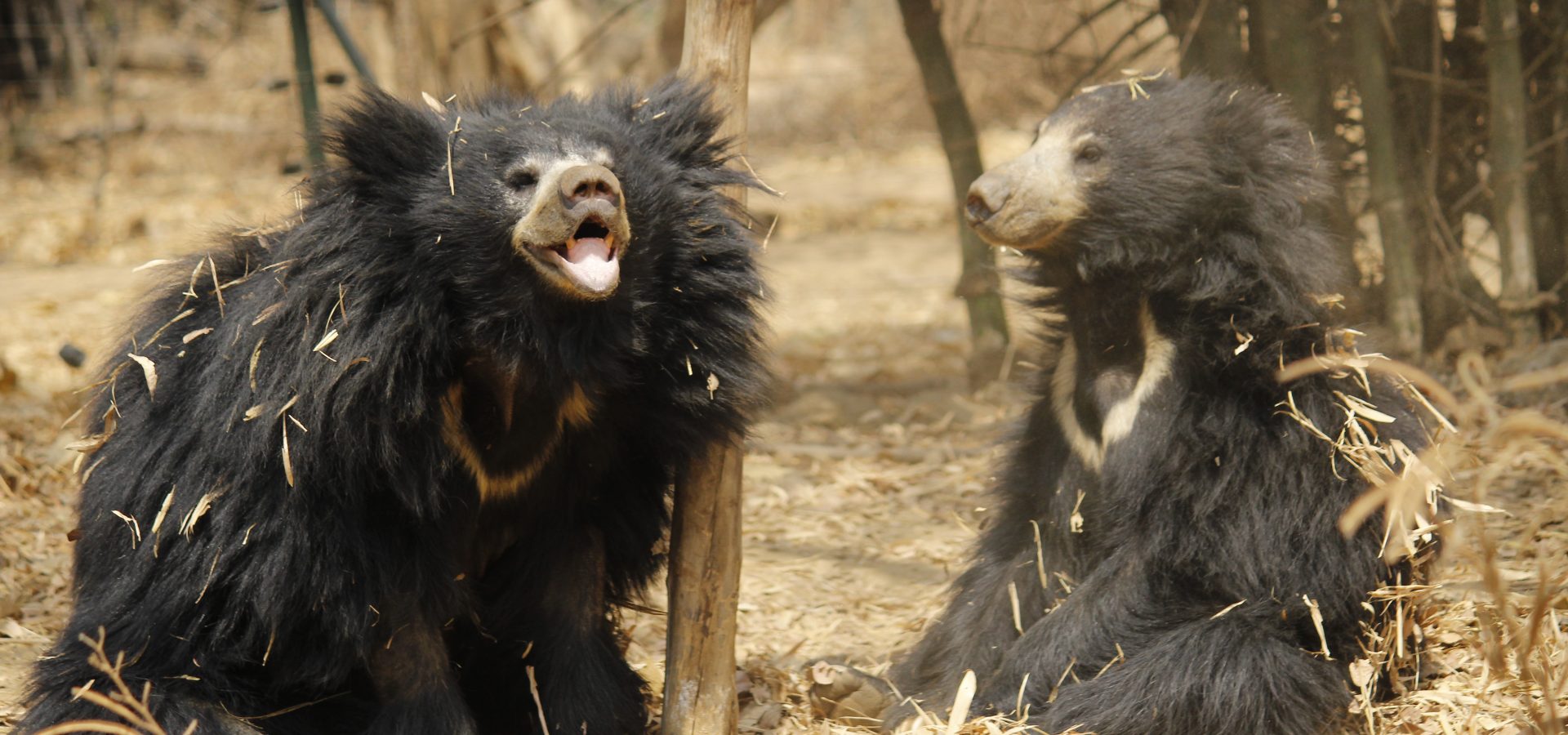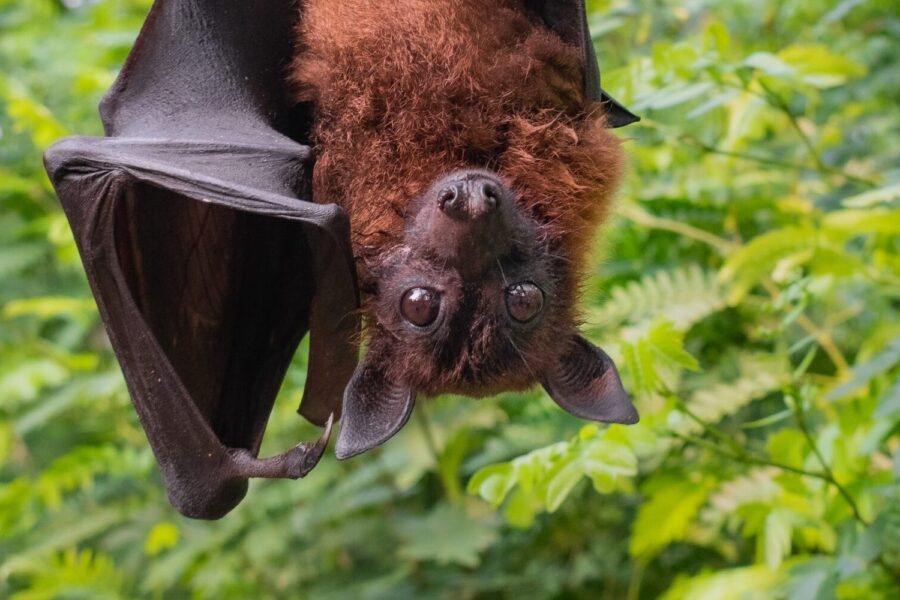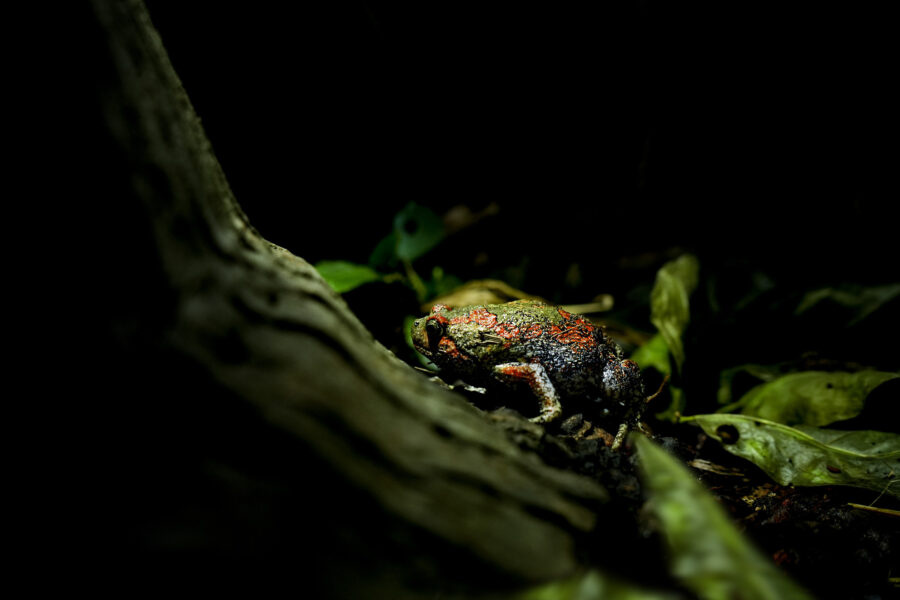A modern-day bear’s adaptation is a unique journey of evolution and indeed a fascinating one. Their initial evolution began about 40 million years ago, from small carnivorous mammals. However, it was only about 20 million years ago that the first identifiable bear, Ursavus elmensis, also known as the dawn bear roamed the earth. These bears had dog-like features and characteristics, and set the evolutionary path for modern day bears. Known to consume insects and vegetation, the descendants of who have become one of the largest living terrestrial carnivores.
Bears began adapting further to cope with ecological changes, competition among other species and/or the availability of food and territory, and faced an imminent threat of being hunted profusely by early humans too. A major contributor that led to the branching out of bear species was the drastic change in the earth’s climate, which resulted in drier landscapes all across the world, lower sea levels, creation of land bridges between continents led to a dispersal and adaptive radiation of the species (a single species evolving into various types to meet specific niches of the area) across the major continents. These variations in their environment have significantly reflected in their adaptations. All modern bear species are believed to have branched from Ursavus (dawn bears). However, they eventually went extinct along with a multitude of other species. Overtime, this period was also followed by a gradual increase in biomass, prey species and the presence of favourable climate, which led to a new generation of species.
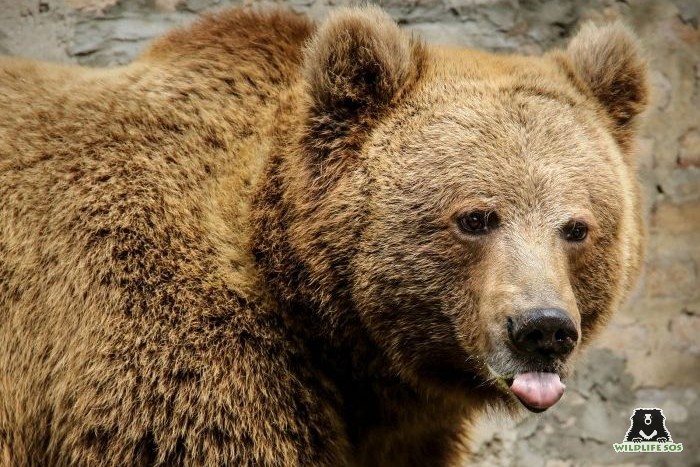
Bears have been capable of evolving specialized niches as carnivores, herbivores, and myrmecophages (insect consumers), and also retain the functional ability to be omnivores. Their physiological adaptations have led researchers to believe that bears could be considered under the family of Canids and Ursids. The Ursidae family has frequently been divided into subfamilies which often include Hemicyoninae, Agriotheriinae, Tremarctinae, Ursinae, and Ailuropodidae.
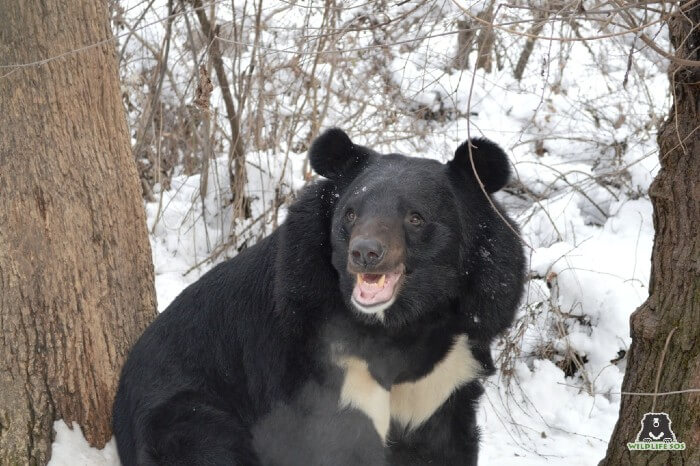
Extinctions and evolutions of innumerable bear species over the years have currently left 8 bear species in the world, namely American black bear (Ursus americanus), Brown bear (Ursus arctos), Polar bear (Ursus maritimus), Asiatic black bear (Ursus thibetanus), Giant Panda (Ailuropoda melanoleuca), Sloth bear (Melursus ursinus), Sun bear (Ursus malayanus) and the Andean bear (Tremarctos ornatus). These bears have attained a wide geographical distribution range, from the smallest Malayan sun bear to the largest Arctic Polar bear. Research has also been able to demystify that the successful evolution of bears is due to factors such as their ability to give birth to large litters, their build which helps them sustain during harsh conditions, their dexterity while hunting/ scavenging, their ability to move long distances and their capacity to survive off any available food.
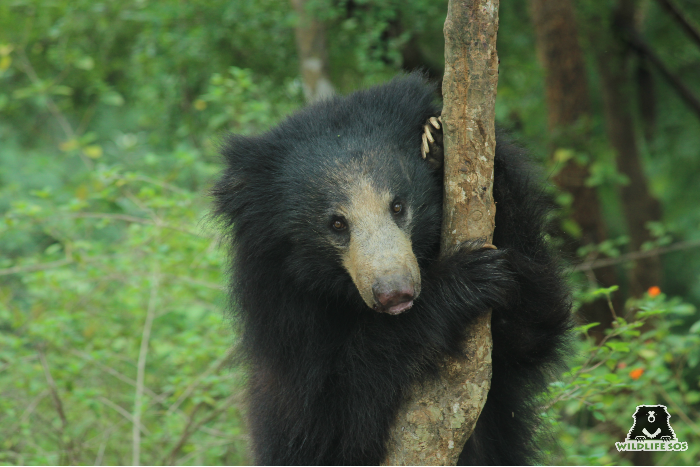
Today these eight Bear species only occur in certain parts of the world, North America, South America, Asia and Europe. Nevertheless, Africa also hosted a sub-species of the brown bear, called ‘Atlas Bears’, which went extinct as recently as the 19th century. Scientific research on the past history of bears has proved their successful establishment. As the age of the Modern bears progresses, these animals have been strongly impacted by the presence of man. With six of the eight bear species coming under the IUCN’s endangered and vulnerable category, bear conservation needs to be prioritized.
At Wildlife SOS, we work with three species of bears, namely Sloth bears, Asiatic Black bears and Himalayan Brown bears. All of these species are constantly under scrutiny due to habitat loss, poaching, wildlife trafficking and human-bear conflicts, which are a common occurrence across India. Over the years, we have dedicated our efforts to rescue and rehabilitate bears from the dancing bear trade, from poachers and wildlife traffickers and also those that have been injured, orphaned or caught in conflict situations etc. The upcoming generation of bears will be setting off on an unconventional evolutionary journey altogether, and Wildlife SOS will continue to put in our efforts to study India’s native bears extensively to understand the demands of new bear conservation issues for stronger conservation science.

